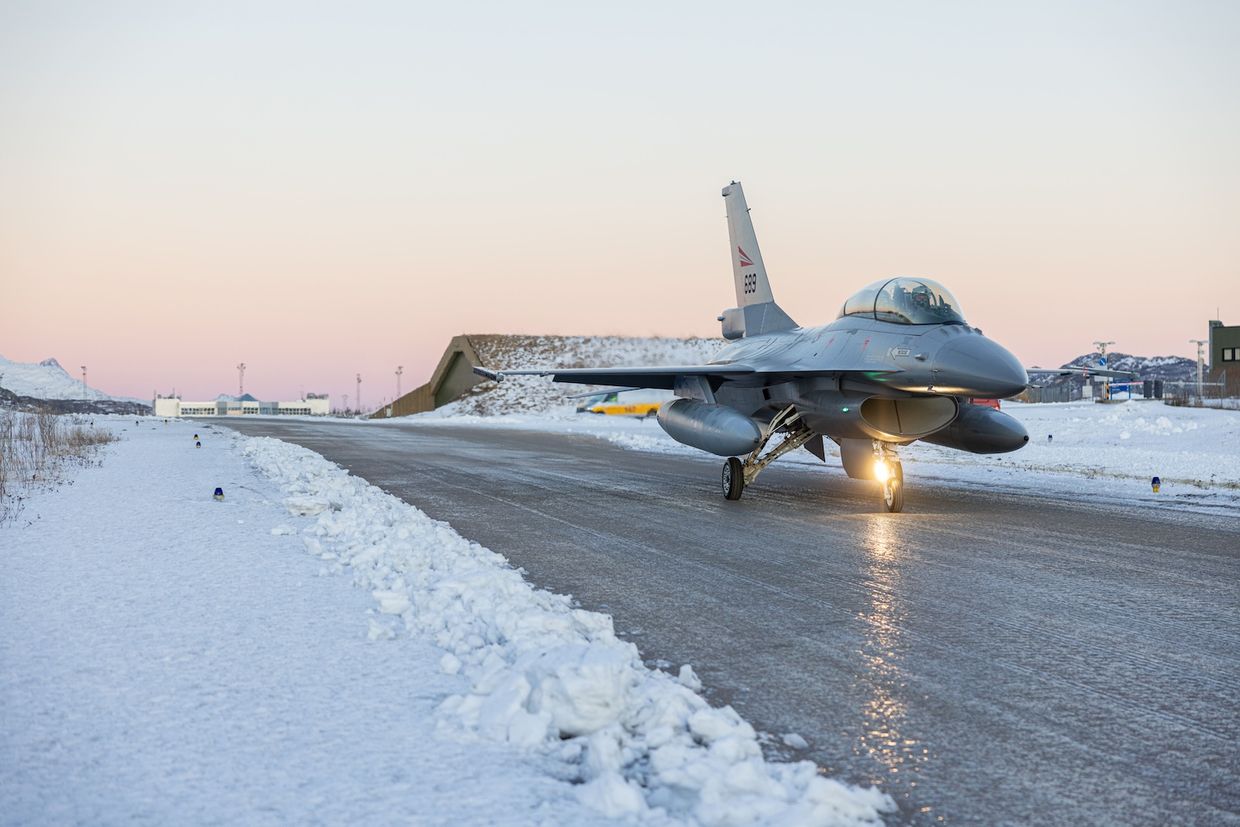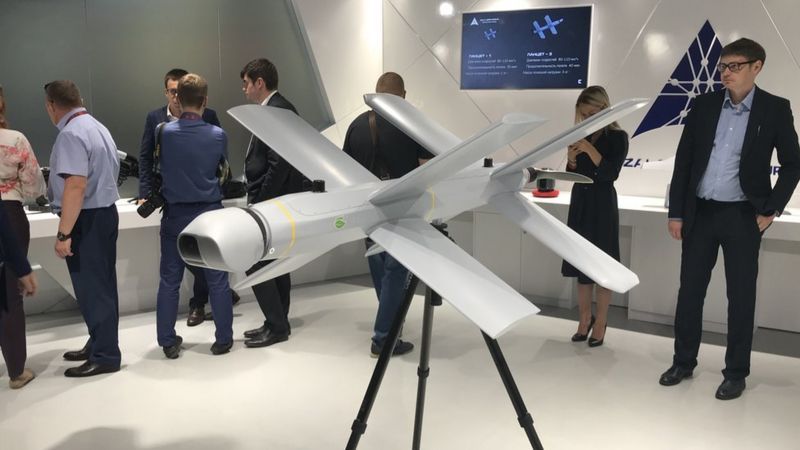Air Force: Russian air defense sufficient on front lines, in Crimea but not on Russian soil.
Russia has a sufficient amount of air defenses on Ukraine's front lines and in occupied Crimea but not on Russian soil, Yurii Ihnat, a spokesperson for Ukraine's Air Force, said in an interview for Focus media outlet published on Jan.
20. Ihnat's statement follows reports that Ukrainian drones attacked oil depots in Klintsy in Russia's Bryansk region and the Russian city of Saint Petersburg on Jan.
18-19. Klintsy lies around 80 kilometers from the border with Ukraine's Chernihiv Oblast, while Saint Petersburg is over 1,000 kilometers away.
"Russian air defense is thinning out. They filled the front line and Crimea with it (air defense). But you see that the Russian territory is not so filled with air defense equipment," Ihnat told Focus's journalist.
"Moscow, Saint Petersburg, (Russian dictator Vladimir) Putin's bunkers will be more or less protected, but Ukrainian-made drones reach Moscow, St. Petersburg, and oil depots in other cities. This is a very good sign."
Reports of drone attacks against military targets on Russian soil have increased in recent months. Kyiv usually doesn't officially comment on such strikes. Ukrainian settlements close to the front line and the border with Russia have suffered the brunt of almost daily attacks since the start of Russia's full-scale invasion in February last year.
F-16s for Ukraine: When will they arrive and what can they do?
The General Dynamics F-16 Fighting Falcon is an American air superiority fighter that Kyiv has begged for since the start of the full-scale invasion and is expected to finally start receiving this year. It's a versatile workhorse of a jet that's fought in dozens of wars and is

When asked by Focus what weaponry can help change the course of the war, Ihnat said that Ukraine can't effectively fight with an army "that surpasses us in terms of numbers and technology." "We need a tool from our partners to end the war.
And this tool is high-tech long-range weapons," Ihnat explained, saying that in addition to U.S.-supplied ATACMS and Storm Shadow missiles delivered by the U.K., Ukraine needs Taurus missiles that Germany has so far refused to provide. "We need to have (large) numbers to beat the enemy more effectively. Then it will be a serious help to our brothers from the Ground Forces," he added.
"We understand the conditions in which they are currently fighting at the front... Artillery is firing, aviation is firing, drones are flying overhead to destroy you. This is extremely hard work...
Therefore, air support is critical, in particular, for long-range strikes to reduce the supply of enemy ammunition and logistics." According to the Russian military design bureau "Stratim," as cited by Russian state-controlled media TASS on Jan.
18, Russia is developing a cheaper version of the Iranian-designed Shahed drone called the "Hawk." Russian forces have extensively used Shahed-type kamikaze drones to attack Ukraine's cities and critical infrastructure. At the same time, Ukraine plans to produce one million drones in 2024, President Volodymyr Zelensky said on Dec.
19 last year, recognizing the importance of this weaponry on Ukrainian battlefields.
How Russia's homegrown Lancet drone became so feared in Ukraine
In the bubble of pro-Ukraine communities on the Internet, the constant inflow of battlefield videos showing the destruction of Russian equipment regularly lifts the moods of hundreds of thousands of supporters of Ukraine's struggle around the world.
Wander over to the Russian side of the internet,...
